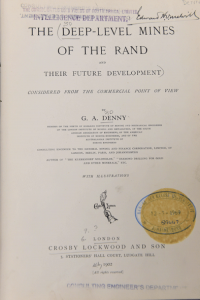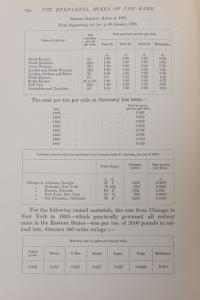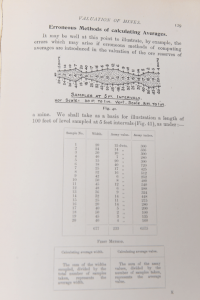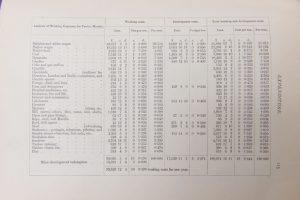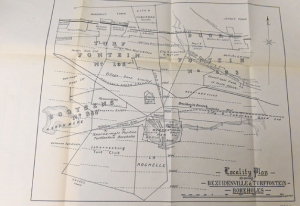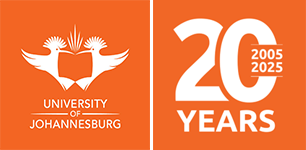Deep Level mines of the Rand
The Deep-level mines of the Rand by G A Denny
The expansion of gold mining on the Witwatersrand started slowing down in the 1880s, as the new deposits were mostly in pyritic ore and gold could not be extracted from this ore with any of the contemporary chemical methods.
The development of the MacArthur-Forrest process for the extraction of gold in 1887 by John Stewart MacArthur, working in collaboration with brothers Dr. Robert and Dr. William Forrest for the Tennant Company in Glasgow, Scotland, saved Johannesburg from becoming a ghost town. By suspending the crushed ore in a cyanide solution, a separation of up to 96 percent pure gold was achieved.
The process was first used on the Rand in 1890, leading to an investment boom as larger gold mines were opened up. The final touch was the essential addition of oxygen to the MacArthur-Forrest process by the German chemist Guido Bodländer.
In 1902 G A Denny, in his book The Deep-level mines of the Rand and their future development considered from the commercial point of view, was able to write the following:
“To the writer’s mind, the future of these Fields is bound up with the exploration and development of the deeper levels of the Main Reef series; and while not losing sight of the very ample room for expansion still available on the Outcrop Mines, where ores of a low grade prevail, he believes that this latter will be a matter of quite secondary importance in comparison with the probable development in the Deep-levels, in districts where the Outcrop Mines have proved the most remunerative. He therefore confines himself in this volume to the consideration of the future of the Deep-level Mines of the Rand.”
This book provides an economic analysis of the future of gold mining as understood in 1902. For obvious reasons, this is closely linked to the complicated engineering necessary to extract gold from the ground.
Today Gauteng is home to eight of the ten deepest gold mines in the world. The deepest being AngloGold Ashanti’s Mponeng gold mine, located south-west of Johannesburg which is now just over 4 km deep.
